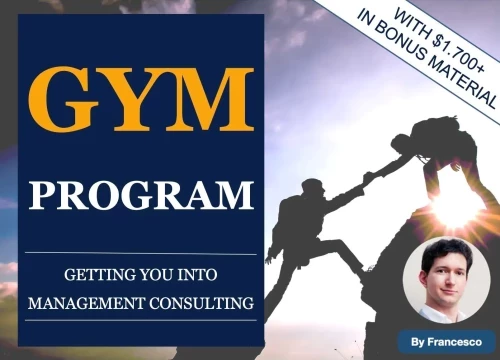Hi!
In my recommendation, I tend to include 4 things:
1. The recommendation pluss supporting statements
2. Risks
3. Next steps
4. If we had more time...
Somtimes it takes quite much time even if I only have 2/3 points on each and communicate in a concise way. Would it make more sense to only include next steps or more time in addition to the recommendation and risks?



